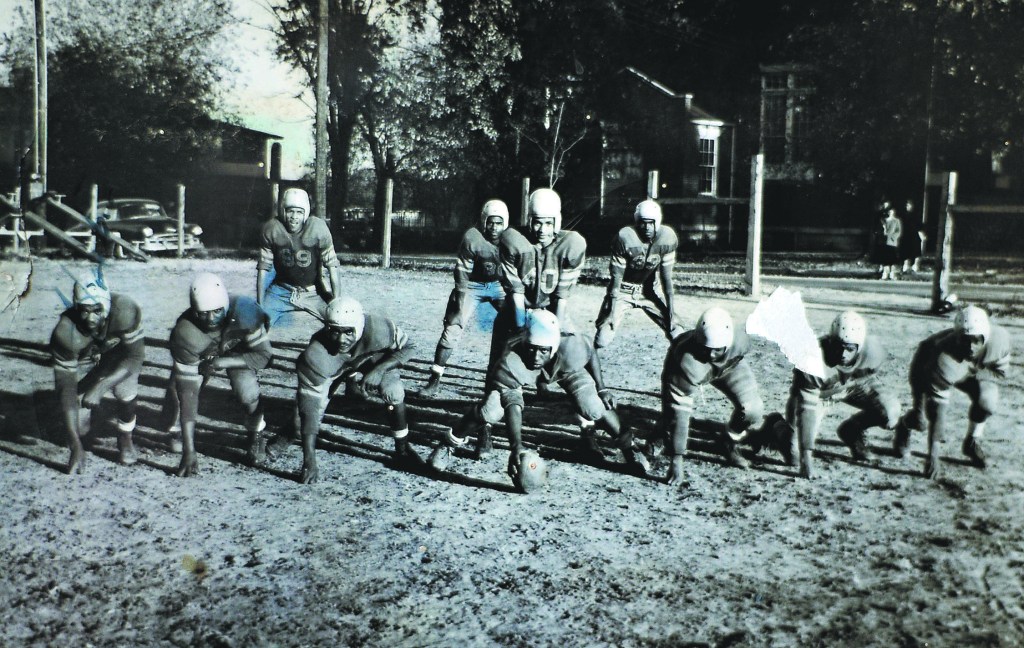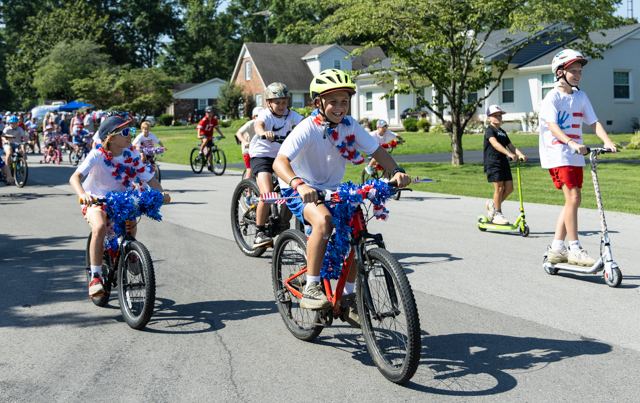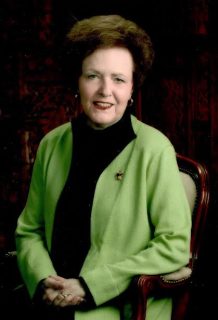High Street, Alvaton, College, Woodburn parts of area’s athletic past
Published 4:45 pm Thursday, September 13, 2012

- State Street School's football team in 1951. (Photo Courtesy of Herbert Oldham)
Darel Carrier has watched high school sports in Warren County ebb and flow through the years.
When Carrier’s Bristow High School was one of three schools consolidated to form Warren East in 1969, the basketball standout felt a twinge of sentimentality like everyone else in the community, he said.
But then Carrier, father of Kentucky’s 2001 Mr. Basketball, former Bowling Green High School standout Josh Carrier, came to a realization.
“I don’t think anybody was happy about it, but you can’t fight progress,” he said. “When progress goes, you need to go with it because nothing stands still. You look back on it, you probably wouldn’t want it to happen. But if you look at the overall picture, things just get better.”
Change has been constant through the history of high school athletics in the county, and teams, players, mascots and rivalries have transformed as schools have come and gone.
It’s taken many alterations to arrive at the five present high schools, and if South Warren’s opening in 2010 is any indication, the changes will only continue.
The county’s sports history would make a good “Did You Know?” trivia game.
For instance, did you know that a South Warren High School previously existed from 1943-50?
Did you know Woodburn High School won back-to-back girls’ basketball state titles in 1931 and 1932 – the final seasons before the sport was discontinued for 43 years?
Did you know High Street High School, which served Bowling Green’s black population during segregation, won Region 5 basketball titles in its first two seasons as a member of the KHSAA in 1958 and 1959?
It’s easy to forget the history and difficult to follow the lineage at times, but with it comes stories of several small communities with a passion for sports, and the way their identities have changed.
“It was the only school we had, and we just loved it,” said James Sears, a 1959 graduate of High Street. “We were dedicated to our school.”
Bowling Green High School has stood the test of time as the longest tenured high school in town, opening in 1908. But along the way, BG absorbed High Street during integration in 1966 and College High School in 1970.
“What stands out to me is the school spirit that we had,” said Sears, who played every sport High Street offered. “Everybody rallied around the teams. We didn’t play like they play now. All our games were on the weekends, and the gym was full.”
Warren Central’s sports history gets a little more tricky, as it goes all the way back to three community schools in Rich Pond, Woodburn and Rockfield.
Rich Pond and Woodburn both burned in 1942, and the three were consolidated into the old South Warren.
After 1950, South Warren became Warren County, which merged in 1968 with Alvaton High School to form Warren Central.
The old South Warren’s mascot was the Purple Dragons, which Warren Central adopted and eventually changed to remove the “Purple,” perhaps a little too close to its cross-town rival, BGHS.
In 1969, Warren East was created by combining North Warren, Bristow and Richardsville. Carrier averaged more than 30 points per game for four seasons at Bristow from 1957-60.
“Right now, you have so many other things going on at the same time, it’s hard to get the interest built up like it once was,” said Carrier, who played at Western Kentucky University and nine years professionally. “We had the communities of Bristow and North Warren and Richardsville, and boy, we really competed against each other. We also had more players competing.
“You consolidate, and you can only have 12 players on the varsity. You’re cutting it down from what was 36 varsity players.”
Opportunities for players has been a common theme throughout Warren County’s history of sports. After Warren Central swelled to a large size, it was split to form Greenwood High School in 1990.
Ernie Thomas, who now works at Dye’s Barber Shop, played two basketball seasons at WCHS before moving to Greenwood.
“For me personally, it was great, especially athletically,” Thomas said. “Warren Central had 2,200 kids and great athletic programs. I was a part of them, but I always felt I’d have a better opportunity at a different place. It helped a lot of people.”
The Gators struggled in their first season but found some identity the next year by knocking off highly-ranked Franklin-Simpson, Thomas said.
“It took a few years for the programs to cement the thought that, ‘Hey, this isn’t a new school anymore,’ ” he said.
South Warren is still in that new-school phase but is close to leaving that behind, football coach Mark Nelson said.
Nelson was previously head coach at Greenwood and watched that program develop before joining SWHS from its inception in 2010, when it split from GHS and Warren Central.
“I knew it was going to take time at Greenwood,” Nelson said. “I didn’t know it was going to take nine years, but to build a program, you’ve got to have patience, and you’ve got to keep it the same. As a coach, if you’re in a hurry in this situation, you’re in the wrong place. It’s got to be seeing the gains instead of the wins, because the wins will come.”
Through the changes, rivalries have waxed and waned, leading to the newest – and one of the more intense – between Greenwood and South Warren.
But there are other now-defunct high schools to remember from the past, such as Hadley and Oakland. It was a different era for sports, said Carrier, but it was an integral part of Warren County’s rich tradition.
“You didn’t have a lot of television, no computers, no Nintendo games,” Carrier said. “This is a rural community. People worked on the farms and enjoyed coming out to watch sports.”






